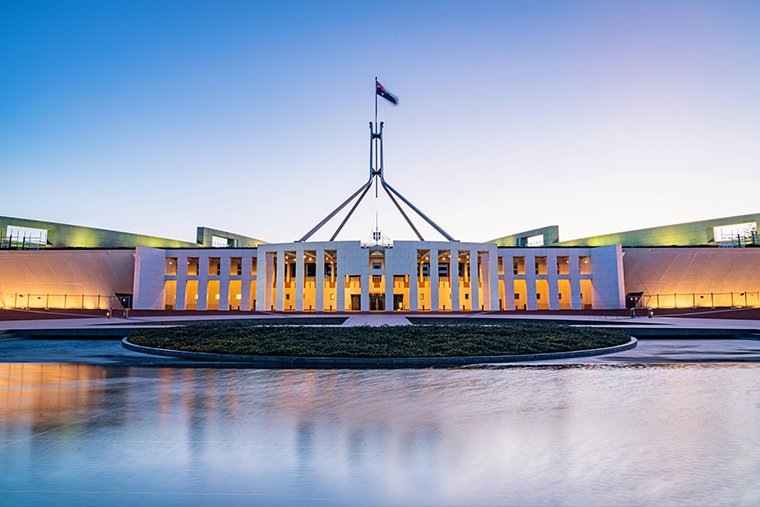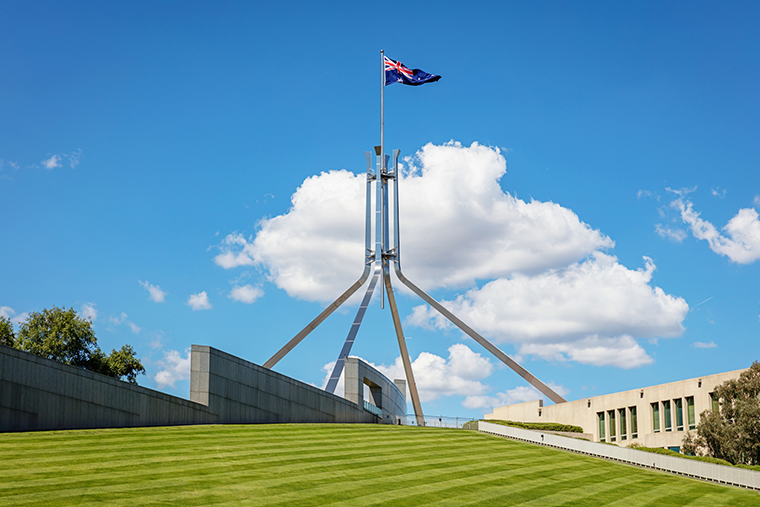Importantly, the specific details about eligibility criteria and the administration of the scheme are contained in a legislative instrument referred to as the Coronavirus Economic Response Package (Payments and Benefits) Rules 2020. This instrument has yet to be released in final form (but an exposure draft appeared briefly on the Treasury website yesterday before being withdrawn).
The scheme starts on 30 March 2020 and ends on 27 September 2020 (a total period of 13 fortnights) and will be administered by the Australian Taxation Office.
The key conditions for participating in the scheme on a relevant fortnight are as follows:
- The relevant fortnight is a “JobKeeper fortnight”.
- The employer qualifies for the JobKeeper scheme on or before the end of the relevant fortnight. This involves two key conditions:
- On 1 March 2020 the employer carried-on a business in Australia or was a non-profit body that pursued its objectives principally in Australia; and
- The entity satisfies the “decline in turnover” test.
The basic test requires the entity’s projected GST turnover for the “turnover test period” to fall short of the GST turnover for the “relevant comparison period”. The percentage fall is at least 15% for charities, 30% for businesses under $1bn turnover and 50% for businesses over $1bn turnover.
The “turnover test period” must be a calendar month that ends after 30 March 2020 and before 1 October 2020 or a quarter that starts on 1 April 2020 or 1 July 2020. These are the only periods available for testing. The “relevant comparison period” is the equivalent month or quarter in 2019, as the case may be. The ATO may determine, by legislative instrument, an alternative decline test for a particular class of entities (e.g., industry specific). At present, it is unclear whether, and by what mechanism, the ATO will allow use of an alternate comparison period (for example, with new businesses which do not have a relevant comparison period from 2019.
Monthly turnovers will need to be reported to the ATO for the duration of the scheme (see below).
- The individual is an “eligible employee” for the relevant fortnight.
To be an eligible employee, the individual must be:
- an employee or long-term casual employee of the entity at 1 March 2020;
- at least 16 years old at 1 March 2020;
- employed by the entity at any time during the fortnight; and
- be an Australian citizen, permanent resident or holder of a subclass 444 special category visa.
Further, to be an eligible employee, the individual must provide a notice (in the approved form) that they satisfy the above requirements and agree to be nominated by the entity as an eligible employee.
- The employer pays the eligible employee at least $1,500 in the relevant fortnight in the way of salary, wages, commissions, bonuses, allowances, etc., as well as amounts paid to superannuation (including by way of salary sacrifice).
- The employer has notified the ATO (in the approved form) that they elect to participate in the scheme for that fortnight.
For the 1st and 2nd JobKeeper fortnights, this must be done by the end of the 2nd JobKeeper fortnight (26 April 2020). For subsequent JobKeeper fortnights, it will be at the end of each relevant fortnight. As a result, it will be necessary to move quickly to establish eligibility and make necessary payments to eligible employees before 26 April.
- In relation to each JobKeeper fortnight for which notification is provided to the ATO, the employer provides all relevant entitlement information, including details of the individuals entitled.
- The employer must notify each eligible employee in writing within 7 days of providing the above notification to the ATO.
The JobKeeper scheme is also available to business entities (and sole traders) in respect of one “business participant” who is not an employee of the business. This entitlement is in addition to any eligible employees (if applicable). This extension is designed to support business owners who operate as a sole trader, a partnership, a company or a trust and who take their remuneration from the business by way of profit share, dividend or trust distribution.
- The entity is not a non-profit body (non-profit bodies would generally not be able to make quasi-profit distributions to controlling individuals in any event).
The nominated individual is an “eligible business participant” for the relevant fortnight. To meet this requirement, the individual must be:
- actively engaged in the business of the entity (but not as an employee);
- either a sole trader, a partner in a partnership, an adult beneficiary of a trust or a shareholder/director of a company;
- at least 16 years old at 1 March 2020;
- an Australian citizen, permanent resident or holder of a subclass 444 special category visa at 1 March 2020.
The individual must provide a notice (in the approved form) that they satisfy the above requirements and agree to be nominated by the entity as an eligible business participant.
- The entity is also subject to notification requirements with the ATO and the individual.
- it carried-on a business during the year ended 30 June 2019 and has lodged its income tax return on or before 12 March 2020 (or a later time if allowed by the ATO); or
- it made taxable supplies between 1 July 2018 – 12 March 2020 and has lodged a relevant activity statement on or before 12 March 2020 (or a later time if allowed by the ATO).
The payments under the scheme will be made within 14 days after the end of the calendar month in which the relevant fortnight ends. This will require eligible employers and entities to pay the JobKeeper payments to employees in advance of receiving reimbursement from the ATO.
In addition to the reporting requirements already noted above in relation to specific JobKeeper fortnights, the entity must also notify the ATO within 7 days of the end of a calendar month in which it has claimed a JobKeeper payment of:
- its GST turnover for the relevant month; and
- its projected GST turnover for the following month.
For more information please contact Director of Taxation Services, Raffi Tenenbaum on 02 8262 8716 or email rtenenbaum@prosperity.com.au



